Raw materials consumed
Precious metals
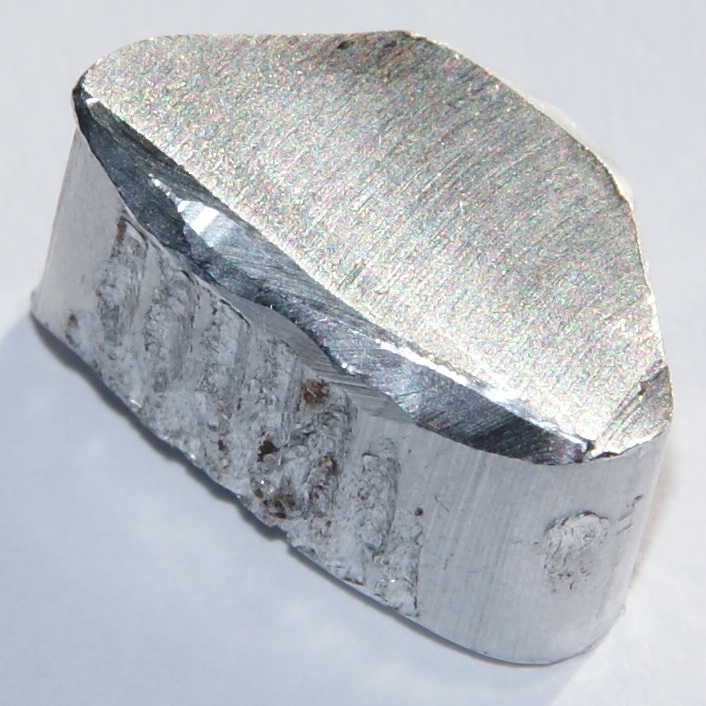
Aluminum is the third most abundant metal in the Earth’s crust, and the third most abundant element overall. No other metal can compare to Aluminum when it comes to its variety of uses. Some uses of aluminum may not be immediately obvious. Aluminum is incredibly popular because it is:
- Lightweight
- Strong
- Resistant to corrosion
- Durable
- Ductile
- Malleable
- Conductive
- Odorless
Aluminum is also theoretically 100% recyclable with no loss of its natural properties. It also takes 5% of the energy to recycle scrap aluminum then what is used to produce new aluminum. The most common uses of aluminum include:
- Transportation
- Construction
- Electrical
- Consumer Goods
For more information about the inventory, analysis and price of the product, please call the sales and marketing department of the company.
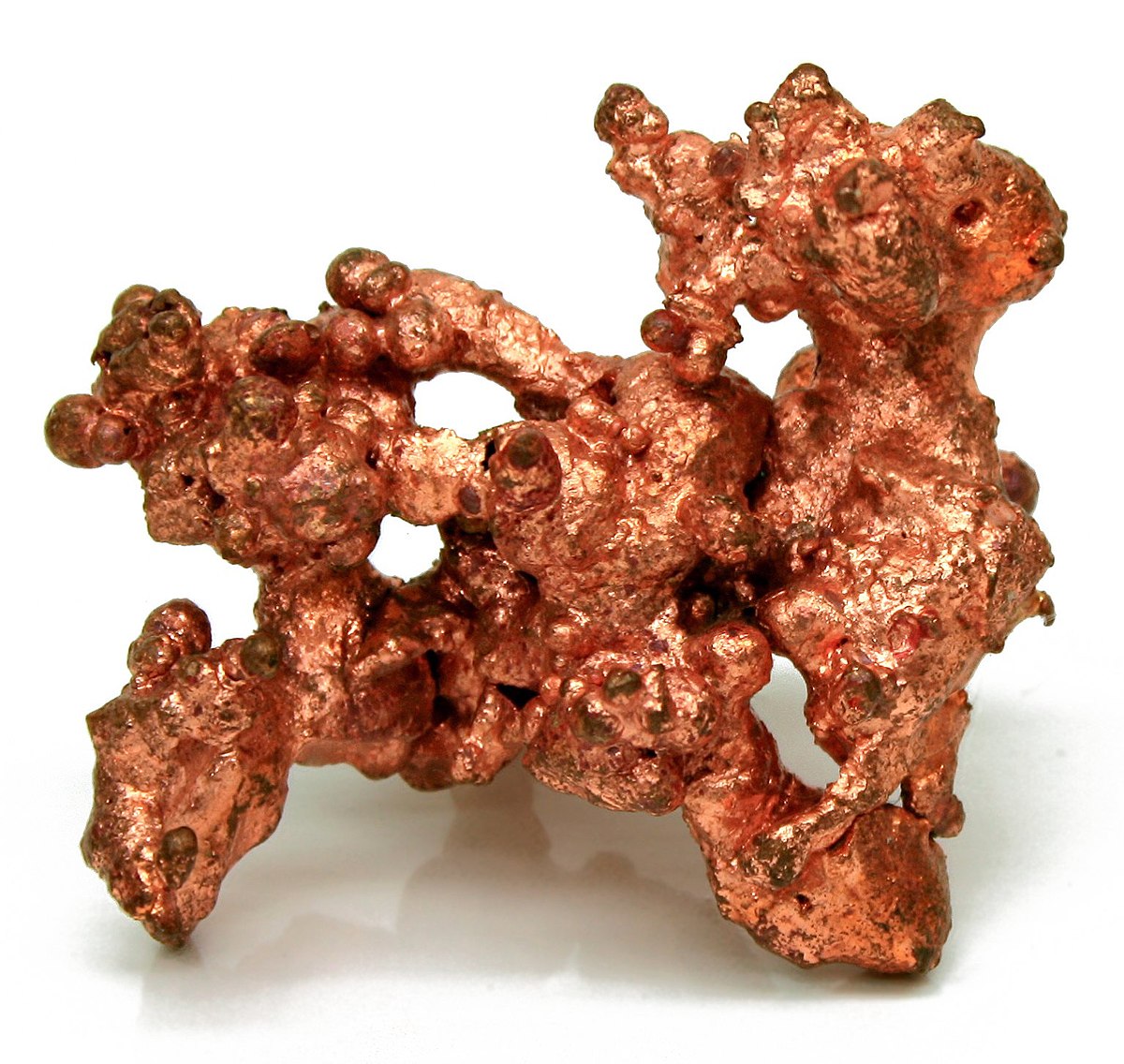
Copper is a mineral and an element essential to our everyday lives. It is a major industrial metal because of its high ductility, malleability, thermal and electrical conductivity and resistance to corrosion.This metal which has been used for many years to modify the properties of steels and cast irons, is receiving increasing attention as an alloying element in iron-base P/M parts. These parts can be produced by pressing and sintering mixed elemental powders. Carbon, in the form of graphite, is frequently used to produce steels. Control of dimensions during sintering and optimum mechanical properties are achieved by adjusting the iron-copper or iron-copper-graphite composition.
For more information about the inventory, analysis and price of the product, please call the sales and marketing department of the company.
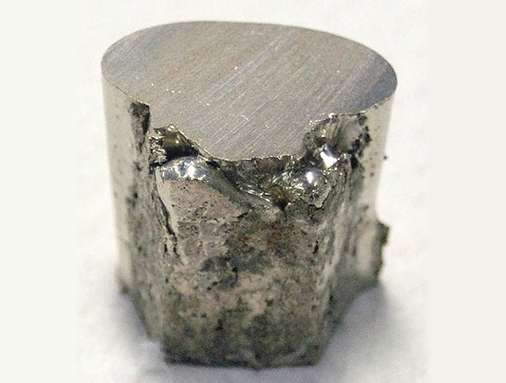
Tin is a soft, silvery-white metal that is very light and easy to melt. Being so soft, tin is rarely used as a pure metal; instead, it is combined with other metals in order to make alloys that possess tin's numerous beneficial properties. These include a low toxicity level and a high resistance to corrosion. Tin is also both malleable (easy to press and shape without breaking) and ductile (able to be stretched without tearing).
For more information about the inventory, analysis and price of the product, please call the sales and marketing department of the company.
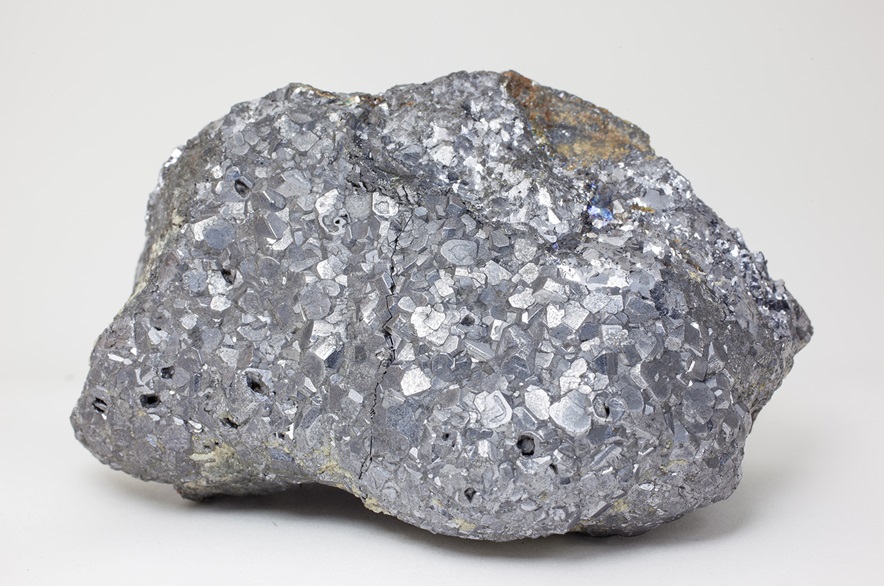
With good calenderability, abrasive resistance, corrosion resistance, castability, and room temperature mechanical properties, zinc can be made into various alloys with many other metals. Mainly in the form of galvanization, zinc-based alloys and zinc oxide, it has applications in the automobile, construction and shipbuilding industries, light industry, machinery, household electrical appliances, batteries and other industries. Currently, its consumption among non-ferrous metals is second only to aluminum and copper.
For more information about the inventory, analysis and price of the product, please call the sales and marketing department of the company.
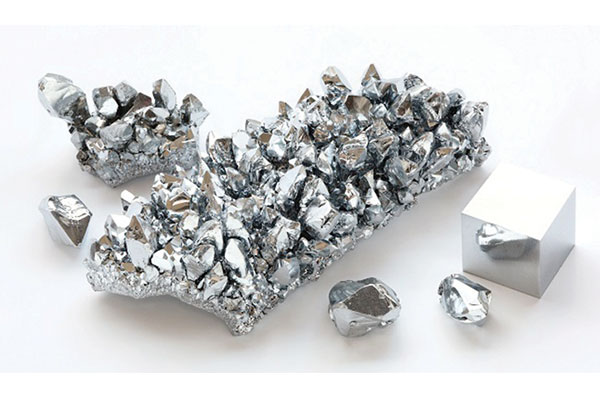
Nickel, in appearance, is silvery-white and becomes more attractive when polished. It has slow reaction to pressure but is hard and ductile at the same time. When heated, it stretches easily. The metal, in nature, is also magnetic which means that it will shrink when placed in a magnetic field. This property is referred to as magnetostriction.
For more information about the inventory, analysis and price of the product, please call the sales and marketing department of the company.
